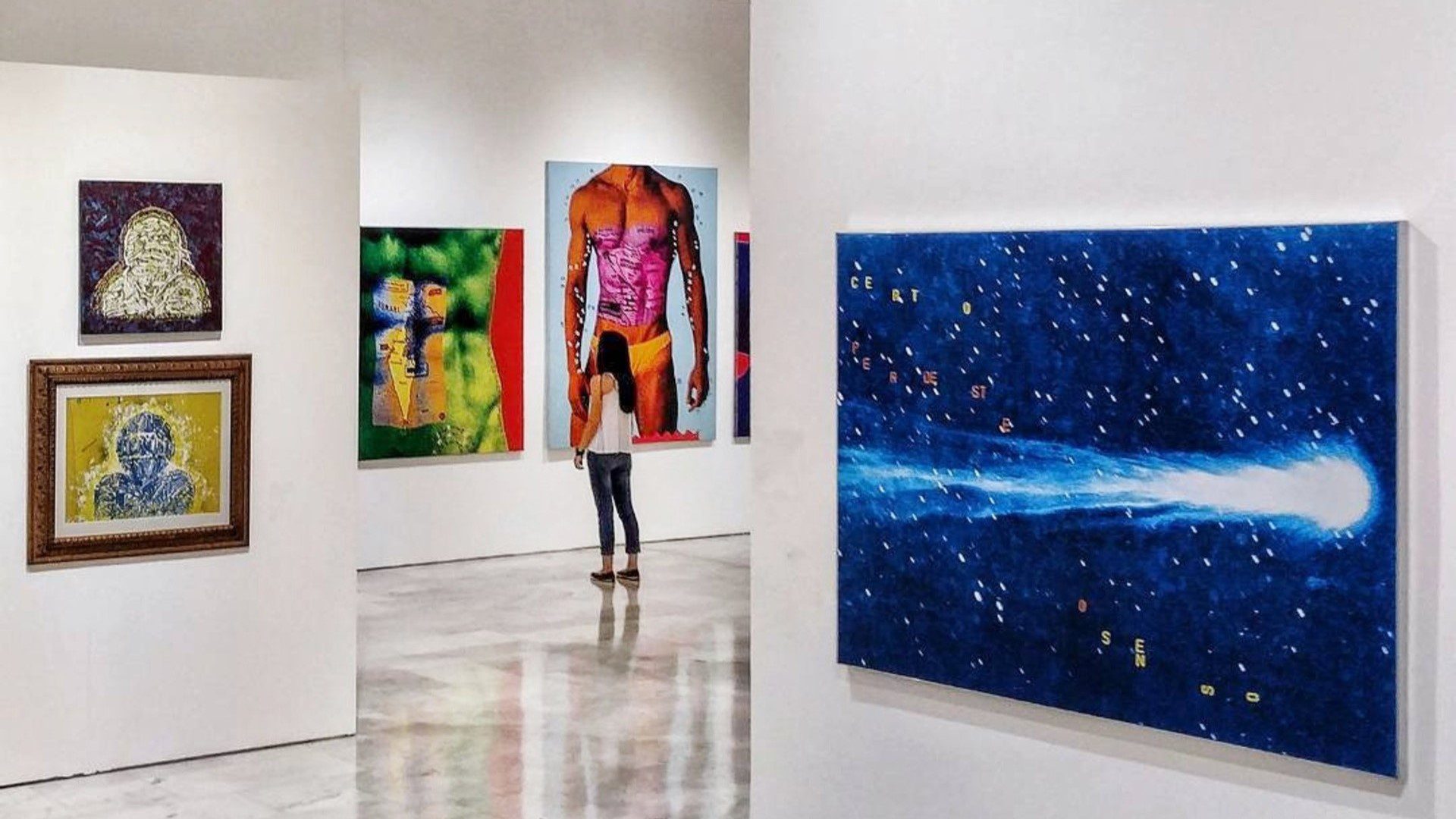
The world of art collecting is constantly evolving, and the next generation of collectors is bringing new perspectives and challenges to the table. From new media and genres to emerging markets and sales channels, there are exciting opportunities for collectors to explore, but also unexpected risks to navigate. In this article, we’ll take a closer look at some of these challenges and explore how advisors can help their clients protect their art investments.
Novel Materials and Care Considerations
Next-generation collectors are increasingly drawn to Post-War, Contemporary, and Ultra-Contemporary artists who explore new media and materials in their artwork. This can present unique challenges in terms of care and preservation. For example, Marc Quinn’s “Self” series features frozen portraits of the artist’s head made from his own blood. Other artists have used food products like bananas, chocolate, or bubble gum in their works, which can deteriorate over time and require expert attention.
Taxidermy and animal preservation methods may also be used in contemporary art, which can present risks such as infestation or fire hazards. It’s important to connect with experienced professionals such as art conservators, handlers, and risk advisors who can help identify unstable materials, advise on ideal display conditions, and minimize art risks.
Conceptual Art and Certificates of Authenticity
Conceptual art is another popular art form among next-generation collectors, where the idea is more important than the physical work itself. When purchasing conceptual art, it is important that you protect any certificates of authenticity that contain detailed instructions on how to create your newly purchased works. If the certificate is lost, the value of the artwork can be impacted. Keep certificates in a secure place to maintain their value!
New Sales Channels and Risks
Next-generation collectors are increasingly purchasing art through new channels, such as social media platforms and online sales. While this can provide greater access to art world insiders and educational opportunities, it also presents risks. As a collector, you should request condition reports and provenance information before making a purchase and inquire about packing and shipping. The seller should be using a shipper that specializes in fine art rather than a general carrier. It is important to also inquire about who should insure the artwork after the purchase.
Art as an Investment
Many next-generation collectors view art as both a passion and an investment. This means you must have a plan for care, maintenance, and insurance. Whether you are more likely to store your art rather than display it, or lend your artwork to museums, you must understand whose insurance is covering your piece and whether that coverage is adequate for the exposure. The more your art moves, typically the more exposure you have to shipping losses.
Conclusion
Next-generation collectors bring new perspectives and challenges to the world of art collecting. By finding the right risk advisor to help you navigate these challenges, you will connect with experienced professionals who can give you the correct advice, create a process to protect your certificates of authenticity, and receive best practice guidance for care, maintenance, and insurance. By understanding the risks and opportunities associated with collecting art in the modern world, you will protect and preserve your possessions for years to come.
